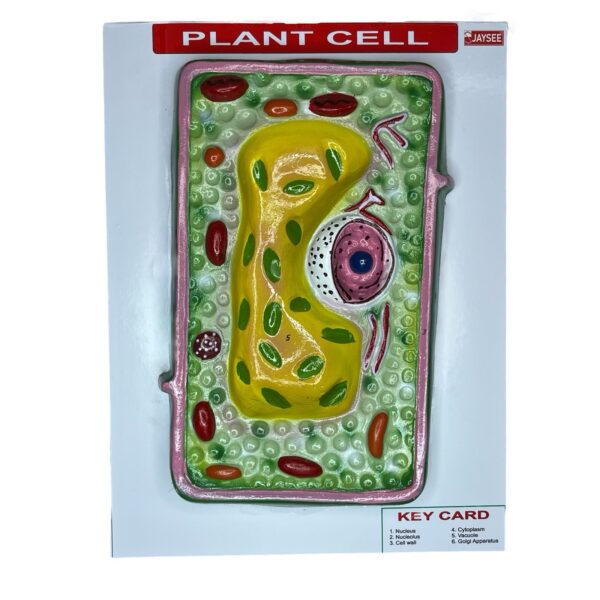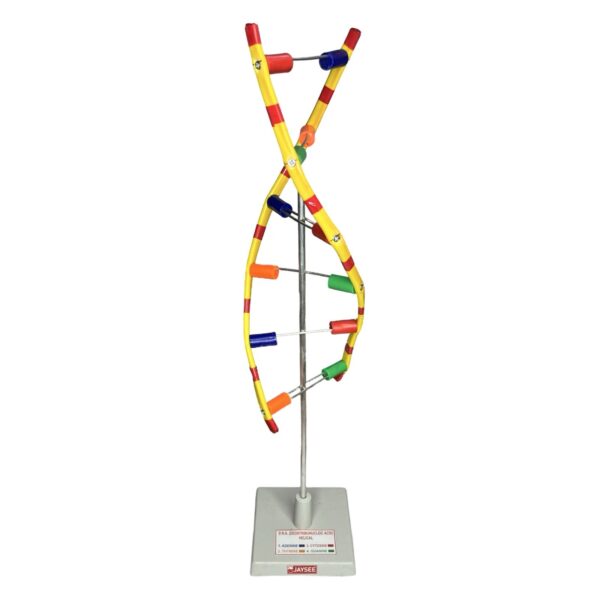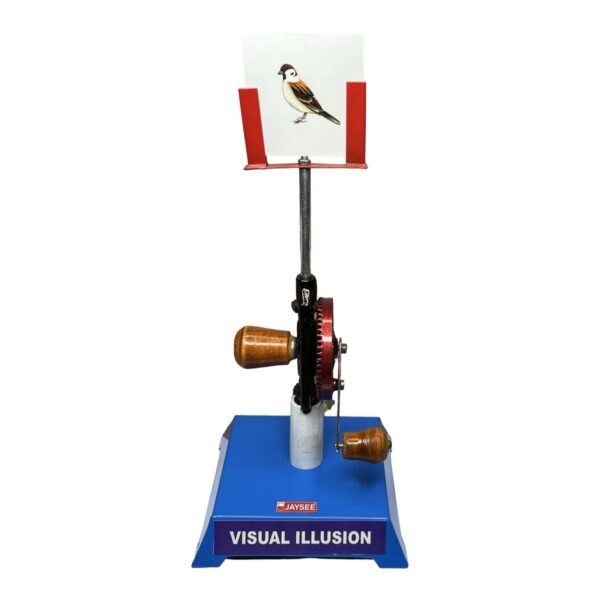- Pick up from the Samtech Store in Ambala
To pick up today
Free
- Courier delivery
Our courier will deliver to the specified address
4-5 Days
200+



₹2,000 Original price was: ₹2,000.₹750Current price is: ₹750. (Exc. GST)
To pick up today
Free
Our courier will deliver to the specified address
4-5 Days
200+
The parrot in a cage model and the persistence of vision model are both concepts used to understand different phenomena, particularly in the context of perception and cognition. The parrot in the cage model is often used as a metaphor for how the mind processes information. Imagine a parrot inside a cage, repeating sounds and phrases it has learned. Similarly, our brain stores information like the parrot’s repertoire, retrieving and repeating what it knows when needed. This model emphasizes the idea that our mental representation of the world is shaped by past experiences and knowledge, with the “cage” signifying the limits of our understanding and cognition based on the information we have collected over time.
On the other hand, the persistence of vision model relates to how we perceive motion in film and animation. This phenomenon occurs because our eyes and brain retain images for a fraction of a second after they disappear. When a series of still images are presented in rapid succession, the persistence of vision allows us to perceive these images as a continuous motion rather than as separate frames. This principle is essential in film-making and animation, as it creates the illusion of movement, enabling a fluid narrative. The brain’s ability to retain visual information briefly is what makes it possible for us to interpret visual stimuli as coherent stories or sequences.
Both models underscore the complexity of human perception and cognition. The parrot in the cage model illustrates how knowledge and memory can shape our thoughts and behaviours, demonstrating the constraints that can arise when trying to understand new information. In contrast, the persistence of vision model reveals the tricks our mind plays with visual information, allowing us to experience motion and continuity in ways that can sometimes deceive our senses. Together, these models showcase the intricate workings of the mind and how various factors influence the way we perceive and interact with the world around us.
In stock
In stock
In stock
In stock
No account yet?
Create an Account
SAMTECH INSTRUMENTS
Typically replies within minutes
Any questions related to Persistence of Vision Model?
🟢 Online | Privacy policy
WhatsApp us

